Detailed Introduction to WOODWARD 9907-162 Digital Turbine Controller
1. Product Description
The WOODWARD 9907-162 is a high-precision, microprocessor-based digital controller belonging to the renowned 505 Series—a flagship product line of Woodward Inc. specialized in industrial turbine control. Engineered specifically for small-to-mid-sized steam turbines with single or split-range actuators, this controller serves as the “operational core” for regulating turbine speed, managing load distribution, and ensuring safety in applications such as power generation (turbogenerators), industrial drives, and turbomachinery in oil & gas and mining sectors .
Distinguished from conventional analog regulators, the 9907-162 integrates a 32-bit microprocessor with modular control algorithms, enabling real-time adjustment of steam valve positions via electro-hydraulic converters (I/H). Its core capabilities include precision speed regulation, remote setpoint control, critical speed avoidance, and overspeed protection—all critical for maintaining turbine efficiency and preventing catastrophic failures. A key advantage is its field-configurable design: via a 30-key multi-function keypad and 2-line × 24-character display, engineers can tailor parameters to specific turbine models (e.g., Caterpillar, Siemens) without replacing hardware .
The controller also excels in system integration, supporting Modbus communication for seamless connectivity with SCADA systems and plant DCS. In harsh environments like coal mines or chemical plants, its rugged enclosure (IP56 rating) and wide temperature tolerance ensure stable operation amid dust, vibration, and extreme temperatures . Certified to industrial safety standards, it is a trusted component in both standalone turbine systems and large-scale power monitoring networks.
2. Product Technical Specifications
|
Specification Category
|
Details
|
|
Control Capabilities
|
– Core Functions: Speed control (PID regulation), load sharing, cascade control, auxiliary process control (e.g., pressure/temperature)- Protective Features: Overspeed trip (programmable setpoint), critical speed avoidance, valve position limiting, fault self-diagnosis- Start-Up Logic: Automatic warm-up, sequential valve actuation, soft start to rated speed
|
|
Input/Output (I/O) Interfaces
|
– Analog Inputs: 4 channels (12-bit resolution) for speed probes (magnetic pickup, 0-10 kHz), pressure transducers (4-20 mA)- Digital Inputs: 8 dry contact channels (24 VDC) for start/stop commands, emergency trip signals, mode selection- Outputs: 2 actuator outputs (4-20 mA for I/H converters), 8 relay outputs (SPDT, 5 A @ 250 VAC), 6 programmable current outputs (0-20 mA)
|
|
Electrical Parameters
|
– Power Supply: +24 VDC, 1 A typical current consumption- Isolation: Channel-to-channel isolation (500 V AC rms, 1 minute); power-to-signal isolation (1 kV AC rms, 1 minute)- Communication: RS-232/RS-422 ports with Modbus RTU protocol for SCADA integration
|
|
Performance Metrics
|
– Speed Regulation Accuracy: ±0.1% of rated speed (steady-state)- Response Time: <100 ms to load/speed disturbances- Overspeed Detection: <5 ms response to exceedance of 110% rated speed- PID Tuning: User-configurable proportional (P), integral (I), derivative (D) parameters via keypad
|
|
Physical & Environmental
|
– Dimensions: 356 mm (W) × 279 mm (H) × 102 mm (D) (panel-mountable)- Weight: 4.13 kg (9.11 lbs) – Operating Temperature: -4°C to +60°C (-40°F to +140°F)- Storage Temperature: -40°C to +85°C (-40°F to +185°F)- Enclosure Rating: IP56 (IEC 60529) for dust/water ingress protection- Vibration Resistance: IEC 60068-2-6 (10-500 Hz, 10 g peak)
|
|
Certifications & Reliability
|
– Standards Compliance: UL Listed (E97763), CE (EMC compliance)- Mean Time Between Failures (MTBF): >100,000 hours (per MIL-HDBK-217F)- Fault Logging: 100-event memory with timestamp for troubleshooting
|
3. Usage Instructions
3.1 Installation
- Pre-Installation Checks
-
- Verify compatibility with the turbine’s actuator type (single/split-range) and rated speed (match magnetic pickup frequency range).
-
- Inspect the controller for shipping damage (e.g., bent connector pins, cracked display) and confirm part number 9907-162 matches the bill of materials.
-
- Prepare tools: torque screwdriver (0.5-1.5 N·m), ESD wristband, and Woodward-approved wiring harness (part no. 4951-039).
- Mechanical Mounting
-
- Location: Install in a panel-mounted enclosure (min. 100 mm clearance for ventilation) away from high-temperature steam pipes and high-voltage cables.
-
- Securing: Fasten the controller to the panel using four M4 screws torqued to 1.0 N·m; ensure the front-panel keypad is accessible for operation.
- Wiring Connections
-
- Power Wiring: Connect +24 VDC (positive) to terminal TB1-1 and ground to TB1-2; use 16 AWG copper wire with inline fuse (2 A).
-
- Sensor Wiring:
-
-
- Speed probe (magnetic pickup) to terminals TB2-1 (signal) and TB2-2 (ground); use shielded twisted-pair cable (22 AWG), ground shield at probe end.
-
-
-
- Pressure transducer (4-20 mA) to TB2-3 (+) and TB2-4 (-) .
-
-
- Actuator/Relay Wiring:
-
-
- Actuator outputs (AO1/AO2) to electro-hydraulic converter (I/H) terminals; ensure polarity matches device markings.
-
-
-
- Relay outputs (DO1-DO8) to alarm devices or valve interlocks; provide external 24 VDC power for relay operation .
-
-
- Communication Wiring: Connect RS-422 port (TB3) to SCADA system; terminate bus with 120 Ω resistor at both ends.
- Post-Installation Verification
-
- Power on the controller and check the front-panel display: “INITIALIZING” followed by “READY” indicates normal startup.
-
- Use a multimeter to verify 24 VDC at power terminals and continuity of sensor/actuator circuits.
3.2 Configuration & Operation
- Initial Configuration via Keypad
-
- Access Setup Menu: Press the “MENU” key, enter password (default: 1234), and select “Configuration > Turbine Setup”.
-
- Basic Parameters:
-
-
- Enter rated speed (e.g., 3000 RPM) and speed probe frequency (e.g., 5000 Hz).
-
-
-
- Set overspeed trip point (typically 110% of rated speed).
-
-
-
- Configure critical speed range (e.g., 1500-2000 RPM) for automatic avoidance .
-
-
- PID Tuning: Navigate to “Control > PID Parameters” and adjust P (2.0-5.0), I (0.1-1.0 s), D (0.01-0.1 s) based on turbine response tests.
- Normal Operation
-
- Local Control: Use the “Speed Up/Down” keys to adjust setpoints (1 RPM increments); the display shows actual speed vs. setpoint.
-
- Remote Control: Activate “Remote Mode” via digital input or keypad; the controller accepts 4-20 mA setpoints from a DCS.
-
- Status Monitoring: The display indicates operating mode (LOCAL/REMOTE), valve position (0-100%), and active alarms (e.g., “OVERSPEED PREALARM”) .
- Maintenance & Troubleshooting
-
- Routine Checks: Monthly inspect wiring terminals for tightness and clean the keypad/display with a dry cloth.
-
- Common Faults:
-
-
- Overspeed Trip: Reset via “RESET” key after verifying turbine speed < rated speed; check speed probe alignment.
-
-
-
- Actuator No Response: Verify AO output with a multimeter (4-20 mA); inspect I/H converter wiring.
-
-
-
- Communication Failure: Check Modbus settings (baud rate: 9600, parity: none) and RS-422 wiring .
-
-
- Firmware Update: Use Woodward 505View software (via RS-232) to update firmware for enhanced features.
4. System Introduction
The 9907-162 is the central component of Woodward’s 505 Turbine Control System—a modular, scalable solution designed to optimize steam turbine performance, ensure operational safety, and simplify integration into industrial automation networks. This system is widely deployed in power plants, chemical facilities, and mining operations (e.g., coal mine power monitoring systems) .
4.1 System Architecture
- Sensing Layer: Comprises speed probes (magnetic pickups), pressure/temperature transducers, and limit switches that feed real-time data to the 9907-162. Critical sensors (e.g., speed) often feature redundancy for reliability.
- Control Layer: The 9907-162 processes sensor data, executes PID control algorithms, and sends commands to actuators (steam valves) and relays (alarms/interlocks). It also performs fault detection and logs events for diagnostics.
- Communication Layer: Enables data exchange between the 9907-162 and upstream systems (SCADA/DCS) via Modbus. In mining applications, this layer connects to underground power monitoring 分站,which forwards data to a ground-based control center .
- Safety Layer: Integrates overspeed trip circuits, emergency stop inputs, and valve position limits to shut down the turbine within milliseconds of abnormal conditions.
4.2 Key System Features
- Flexibility: Field-configurable for single or split-range actuators, adapting to diverse turbine models without hardware modifications .
- Redundancy Support: Can be paired with a backup 9907-162 for 1+1 redundancy in mission-critical applications (e.g., hospital backup power).
- Predictive Maintenance: Logs sensor drift and actuator response times, enabling proactive replacement of deteriorating components.
- Load Sharing: For parallel turbogenerators, the system distributes reactive load evenly via Modbus communication, maintaining grid stability .
5. Recommended Related Models in the Same Series
For applications requiring specialized capabilities (e.g., dual-turbine control, enhanced communication), the following 9907 Series models are recommended:
- WOODWARD 9907-164: A variant with advanced cascade control and three dedicated PID modules (speed, auxiliary, cascade). Ideal for turbines with process feedback requirements (e.g., steam pressure control in chemical plants) .
- WOODWARD 9907-167: Features dual actuator outputs and expanded I/O (12 relay outputs) for large steam turbines with multiple valves. Supports load sharing for up to 4 parallel turbogenerators .
- WOODWARD 9907-170 (505E Series): Enhanced with Ethernet connectivity (Modbus TCP) and 505View software integration. Designed for modern industrial networks requiring remote monitoring and advanced diagnostics .
- WOODWARD 9907-344: Explosion-proof model (ATEX Zone 2) for hazardous environments (e.g., oil refineries). Maintains all 9907-162 features with ruggedized enclosure and intrinsic safety barriers .

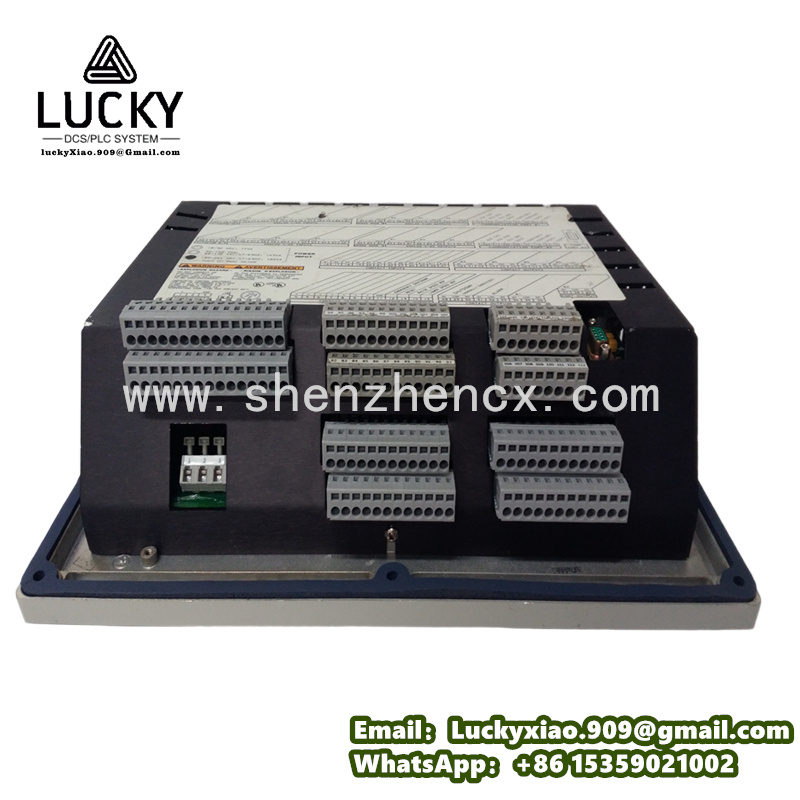
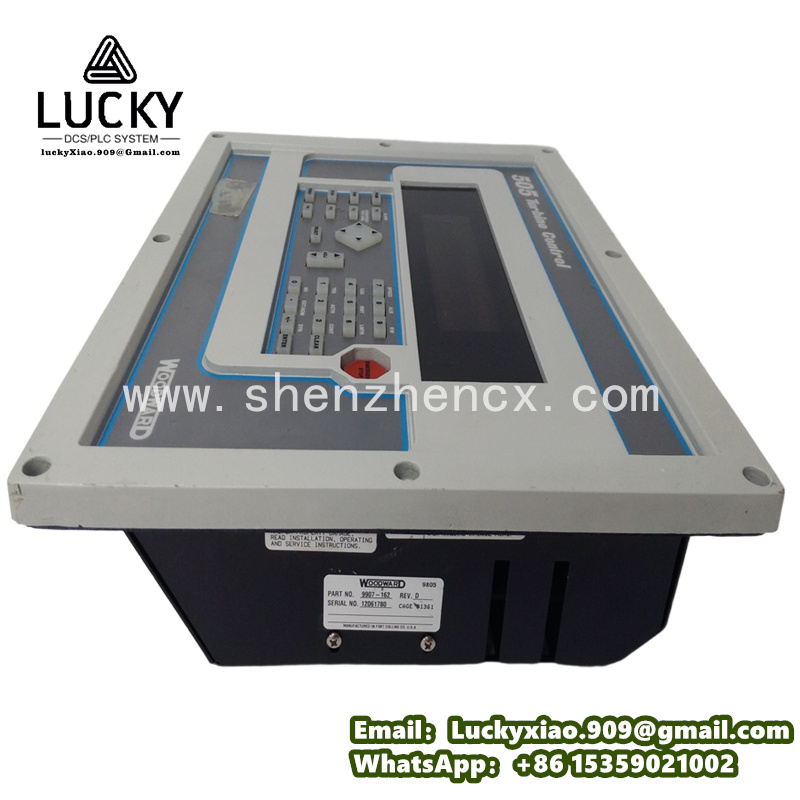
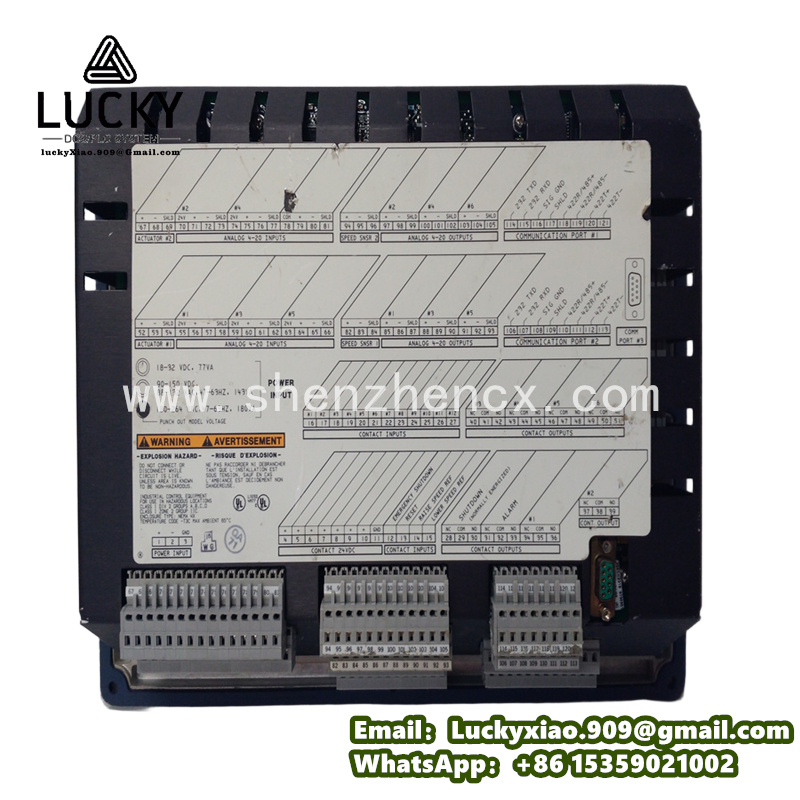
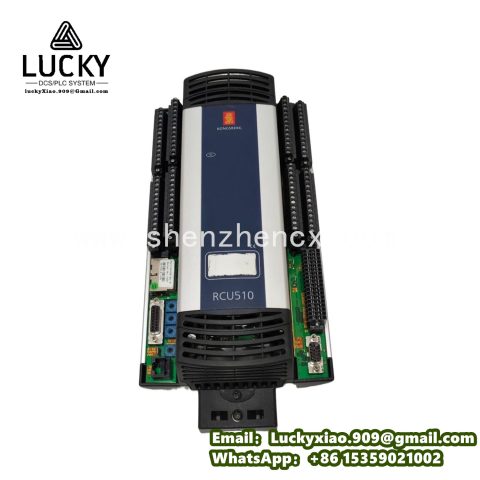
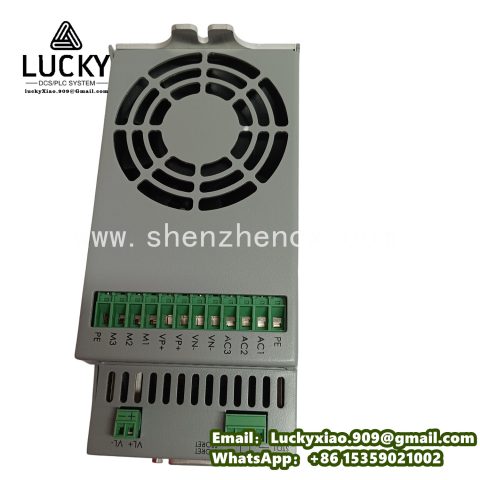
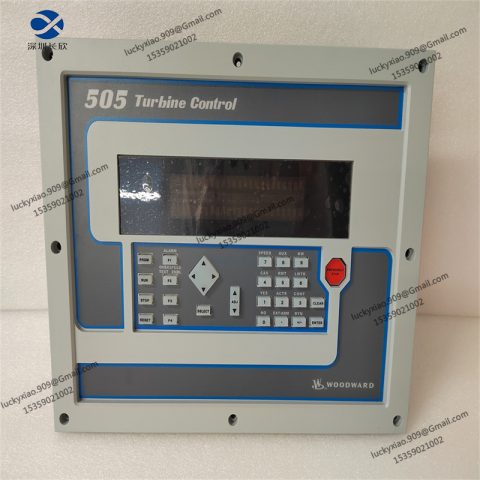
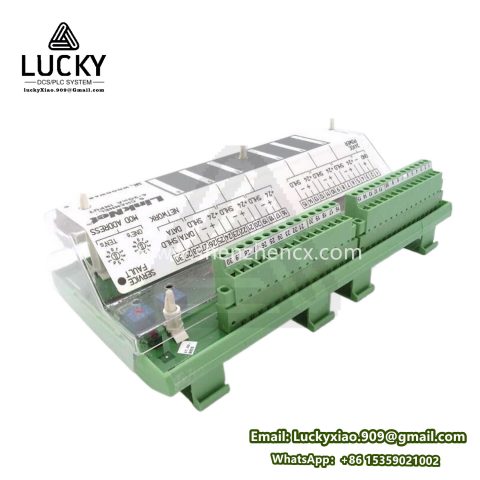
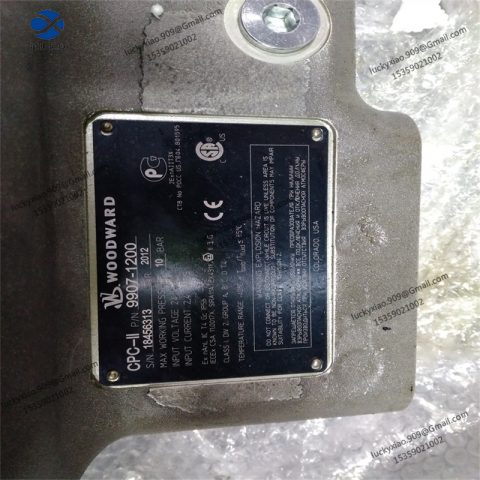
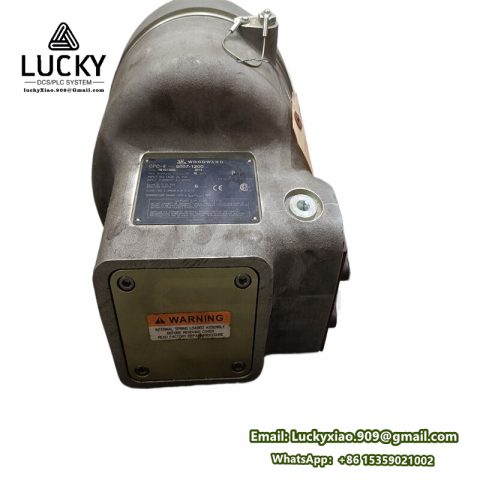
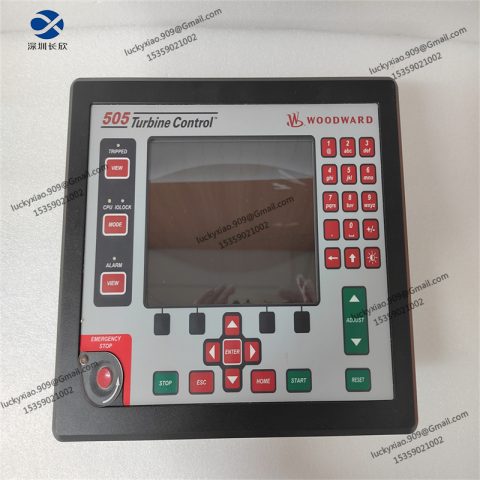
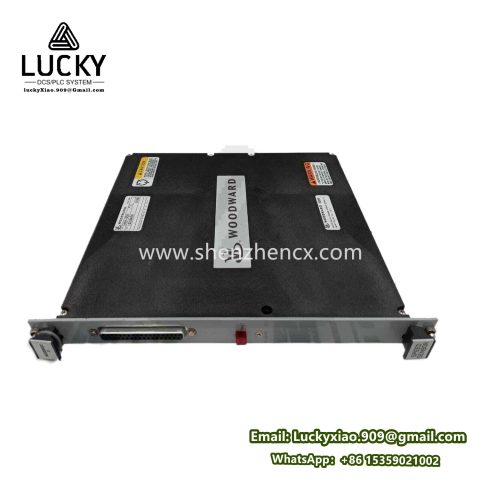
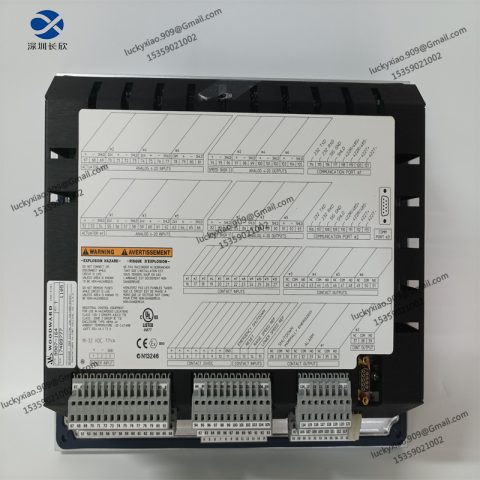
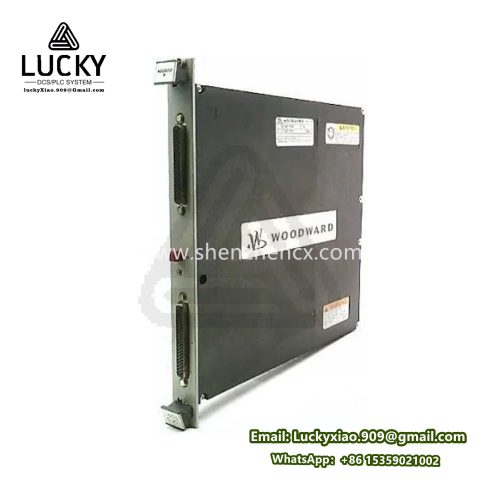
There are no reviews yet.